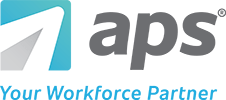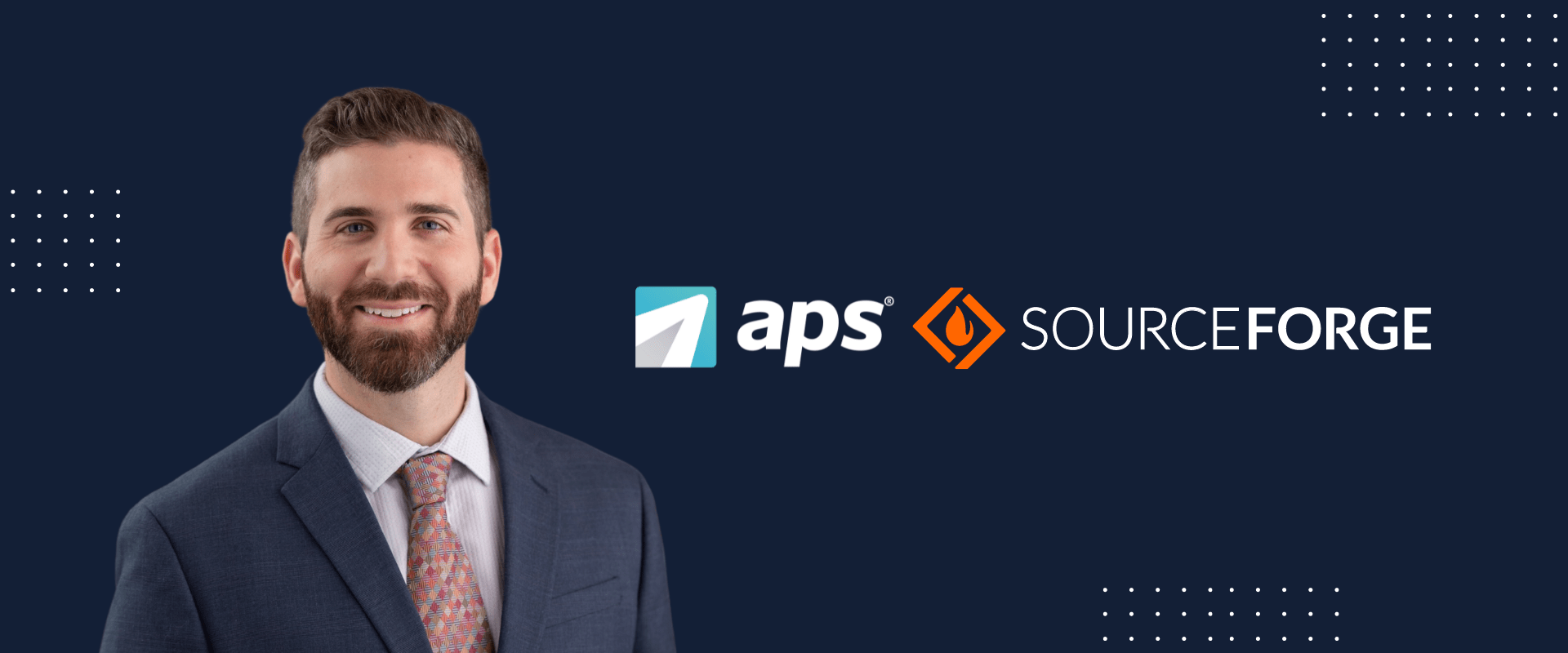Did you know that 44% of employees are satisfied with their employer-provided health benefits? This statistic highlights the importance of making the open enrollment process as simple as possible for employees. Unfortunately, many HR experts find the process to be disorganized and stressful. If the HR team isn’t excited about open enrollment, motivating employees to enroll in benefits can be difficult.
At our company, we have observed HR professionals facing challenges during open enrollment season across the country. As a result, we have compiled some helpful tips for employers in 2024 to simplify this process. These tips will make the process smoother for HR teams and increase employee satisfaction and engagement with their benefits.
What is Open Enrollment?
Open enrollment is the time of year when you can enroll in a health insurance plan. This period typically takes place in the late fall. Still, there are circumstances where you can enroll outside of this period if certain life events occur, such as marriage, childbirth, loss of health coverage, etc. It’s essential to stay informed about these options and take advantage of them when necessary.
How Does Open Enrollment Work?
As you prepare for the upcoming enrollment period, remember that your employer will be working with you to enroll in a health insurance plan for the year. This process typically lasts two to four weeks and may include enrollment in vision, dental, and disability plans. After you make your selections, your employer will communicate those changes to the benefit providers and send the necessary paperwork or electronic transmissions to the brokers.
Why is There an Open Enrollment Period?
It can be frustrating to wait for open enrollment to sign up for health insurance, but it is a critical process to ensure that the insurance providers can maintain a balanced risk pool. Having healthy and ill individuals enroll during the same period minimizes the risk of having only sick individuals sign up. This helps to keep premiums affordable for everyone. So, if you have to wait for open enrollment, rest assured that it is part of a necessary process to ensure the stability of the health insurance market.
What is Open Enrollment in 2024?
The 2024 health insurance enrollment window begins on November 1, 2023, and most states have slated it to end on December 15, 2023. Usually, if you do not enroll by December 15, you can only receive coverage if you qualify for a Special Enrollment Period. However, some states may have later enrollment deadlines available. Once enrolled, coverage starts on January 1, 2024.
What Happens if Employees Miss Open Enrollment?
It’s crucial for employees to keep track of their open enrollment period and make any necessary changes or selections during that time. If employees miss the open enrollment period, they may have to wait until the following year to make changes. However, if they are eligible for Medicare or CHIP benefits, they can enroll in the Affordable Care Act marketplace.
Suppose an employee experiences a qualifying life event. In that case, they can change their health insurance outside of open enrollment. However, making selections during the open enrollment period is still important to ensure appropriate coverage throughout the year.
How Do I Make Open Enrollment Easier?
Open enrollment can be a stressful time for both employers and employees. To simplify the process, educating employees by reviewing your benefit offerings before open enrollment starts is a good idea. You may want to consider conducting an employee survey to see where employees need help the most.
Additionally, it could be helpful to leverage a benefits specialist who can assist employees in understanding the various benefits available to them. By providing this support, employees can make more informed decisions, and the organization can receive a greater tax break as more employees enroll.
Need Help Streamlining Open Enrollment?
Essential Employer Open Enrollment Tips
Once you understand employer open enrollment requirements, the next step is preparing for open enrollment. Here are some open enrollment tips for employers, so you can make it a smooth and efficient process for everyone.
1. Ditch the Paper Process
You might be used to offering seminars and one-on-one sessions to get documented benefit information into employees’ hands. While this is a beneficial way to communicate information to employees, in-person sessions and paper documents are ideal when your workforce is 100% on-site. An electronic open enrollment process makes it easy for on-site and remote employees to enroll.
Go Virtual
To navigate open enrollment efficiently this year, consider offering a virtual “benefits cafe.” Invite employees to pour themselves a cup of coffee at home and listen in on a Zoom, Google Hangout, Webex, or Webinar meeting. Encourage employees to consider any health or relationship changes during the year before selecting benefits. Use this time to discuss changes and steps needed to make informed elections.
Go Paperless
If you use an HR software or intranet, offer all benefits package information electronically. Some HR solutions even offer PDF templates for letters, checklists, and guides to make the process more paper-free.
Tip: Check the Department of Labor’s safe harbor guidelines for electronic retirement plan communications rules. Depending on employee preferences, you might be required to mail a paper copy of the open enrollment guide to select employees’ homes.
2. Be Concise
According to Unum’s study, 22% of employees are confused during open enrollment, 20% are anxious, and 21% are stressed. Information overload can cause confusion among workers. After all, open enrollment has many moving parts, including choosing plans, communicating with employees, and fielding questions. Therefore, managers need to be concise throughout the open enrollment process to avoid confusion and chaos:
Provide Clear Details
Send an open enrollment announcement to employees so they know what to expect in the coming weeks. Provide news and insights to help make the decision process easier for your staff. Employees typically want to know four things when it comes to benefits options:
- Why do I need coverage?
- Which features fit my needs?
- What values does the program provide?
- How much is this going to cost me per paycheck?
Keep It Simple
Keep emails about open enrollment short and sweet, and ensure the language you’re using is easy to understand. If using HR software, make all related benefits documentation available to your employees to answer their questions.
Use Available Resources
3. Implement an Open Enrollment Communication Strategy
Did you know that 35% of employees have little to no understanding of their healthcare coverage? Furthermore, 62% feel their employer doesn’t serve as a resource for their healthcare-related questions.
How Do You Engage Employees During Open Enrollment?
So, how can an employer be more active in employee benefits enrollment? First, use a targeted strategy for open enrollment communication with your employees.
We’ve put together a list of tips you can use to engage employees during open enrollment actively. Consider layering these ideas into your communication plan:
Send out a simple benefit survey to employees. Make sure to segment the surveys based on qualifying life events like job descriptions, salary, job location, age, number of dependents, marital status, etc. This approach will give you a better picture of what employees with similar lifestyles need.
Then, recommend available plans that fit each lifestyle grouping. For example, a young, single employee will have different benefit needs than someone close to retiring.
Then, recommend available plans that fit each lifestyle grouping. For example, a young, single employee doesn’t need the same benefits plan as an employee close to retiring.
You can do this with platforms like Slack, Skype, and even social media channels. One example SHRM has found incredibly successful is having a Twitter chat, where employees can tweet benefits questions to HR. The entire thread is trackable through a designated hashtag, so other employees can easily find all the topics discussed.
Sending text messages with links to important information is another effective way to keep your employees in the loop. This communication method is also helpful when sending open enrollment reminders to employees. In addition, some payroll and HR providers offer text message features so managers can schedule messages in bulk.
Consider adding an FAQ page to your company website to answer commonly asked employee questions quickly. This page can also include required notices to employees during the open enrollment so they are always in the loop.
Create messaging with a specific call-to-action notifying employees of their next steps in the open enrollment process. Ensure the actions are bold and bright, so employees can notice them when looking through available plans.
4. Utilize an HR Provider
Thinking about everything you must do to prepare for open enrollment can be stressful. However, there is no need to drown in mounds of paperwork or deal with endless communications streams to carriers. Instead, consider using a payroll and HR provider to streamline your processes and eliminate the paper. Some benefits of utilizing an HR provider include:
Simplified Enrollment
Online open enrollment provides a more straightforward process for employees to elect and update their benefits selections. Staff can log into an employee self-service site and follow guided prompts that walk them through their plan options and costs. Some HR solutions even offer instructional information during each step to help employees choose.
HR software also assists in managing open enrollment requirements for employers. This automation reduces manual processes for managers, so you focus more on your workforce and less on paperwork.
Carrier Connections
Some HR providers offer benefits enrollment through carrier connections, enabling you to submit paperwork to benefit providers electronically. This secure approach to benefits administration eliminates duplicate data entry and the potential for errors. It also improves employee service by eliminating carriers’ paper forms and enrollment reports. Here’s what a typical carrier connection process looks like:
- An employee completes online open enrollment in employee self service.
- The HR manager reviews the pending elections for any changes needed.
- Once approved, those benefits selections update automatically on the employee's record.
- The updated information is then synced to the benefits provider and updated in their system.
COBRA Administration
- You notify all eligible group health care participants of their COBRA rights.
- You provide employees with timely notices of COBRA eligibility, enrollment forms, duration of coverage, and payment terms.
- You collect premiums, reinstate coverage, and supply appropriate notices if premiums are not received.
- You provide timely notices when COBRA coverage ends and respond to individuals seeking coverage who are not eligible for COBRA.
Fortunately, payroll and HR providers can help. Certain providers offer COBRA administration to help you mitigate compliance risks, track qualifying events, and meet coverage requirements. Some even have teams of experts on their staff.
With an HR provider, you can automate paperwork and streamline compliance in a single system, saving you time and energy. You can even combine COBRA administration with carrier connection tools and online open enrollment to streamline your entire benefits process.
Instant Employee Access
Whether checking their pending elections or accessing current benefits information, self-service tools give employees instant access to their benefits information. Employees can log in, view open enrollment messages, and update personal information regardless of where they work. In addition, employees can view different plans and enroll in the ones available. They can also look into coverage types and manage their dependents.
A streamlined benefits process supports employee initiatives while saving your workforce time. Many HR providers even have desktop and mobile app versions of their self-service platform. This accessibility on the go makes it easy for employees to view their benefits. Mobility is convenient when employees are at a doctor’s appointment or visiting the dentist.
How Do You Manage Open Enrollment?
Start Preparing for Open Enrollment Today
Now is the time to start planning for open enrollment. Following these open enrollment tips for employers we have provided can improve your employees’ overall experience. With a streamlined communication strategy and paperless process, you’ll quickly and efficiently get information into employees’ hands. Meanwhile, an HR provider can help you gain peace of mind through employee benefit access, accurate data, reduced compliance risks, and carrier connections.
Disclaimer: This article intends to provide open enrollment tips for employers to have a successful open enrollment process. It does not offer advice on benefits offerings or legislation. APS does not provide ASO or PEO services. Our platform assists with benefits administration, open enrollment, carrier integrations, and COBRA administration. If you need assistance evaluating benefit offerings and compliance with legislation, please contact your broker or HR consultant.
How APS Can Help
Take your open enrollment a step further with APS. We offer online benefits administration, simplified plan tracking, and COBRA administration in a unified platform. Manage all your benefit plans, including medical, dental, life, disability, and more.
APS’ Carrier Connections allows you to transmit your benefits paperwork directly to providers electronically. This direct transmission avoids dropped benefits and streames the entire approval process.
You’ll have access to an in-house team of experts dedicated to mitigating compliance risks and keeping you informed. Employees can even view the costs of different plans and coverage types, enroll in benefit plans, and manage their documents from their preferred electronic devices.
Our in-house development team makes improvements to our Benefits Administration solution based on customer feedback. Recent updates include enhancements to rate details, age bands, and benefit plan information. These changes give users more flexibility during the open enrollment process, the ability to include more detailed information, and an enhanced user experience.
Learn more about how APS can help you make this open enrollment your best yet!



